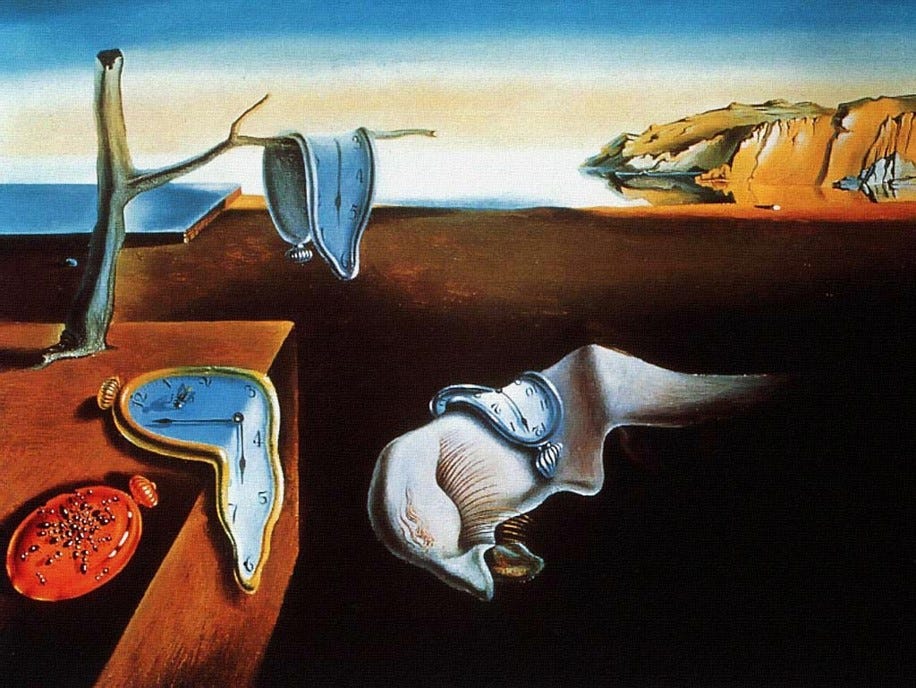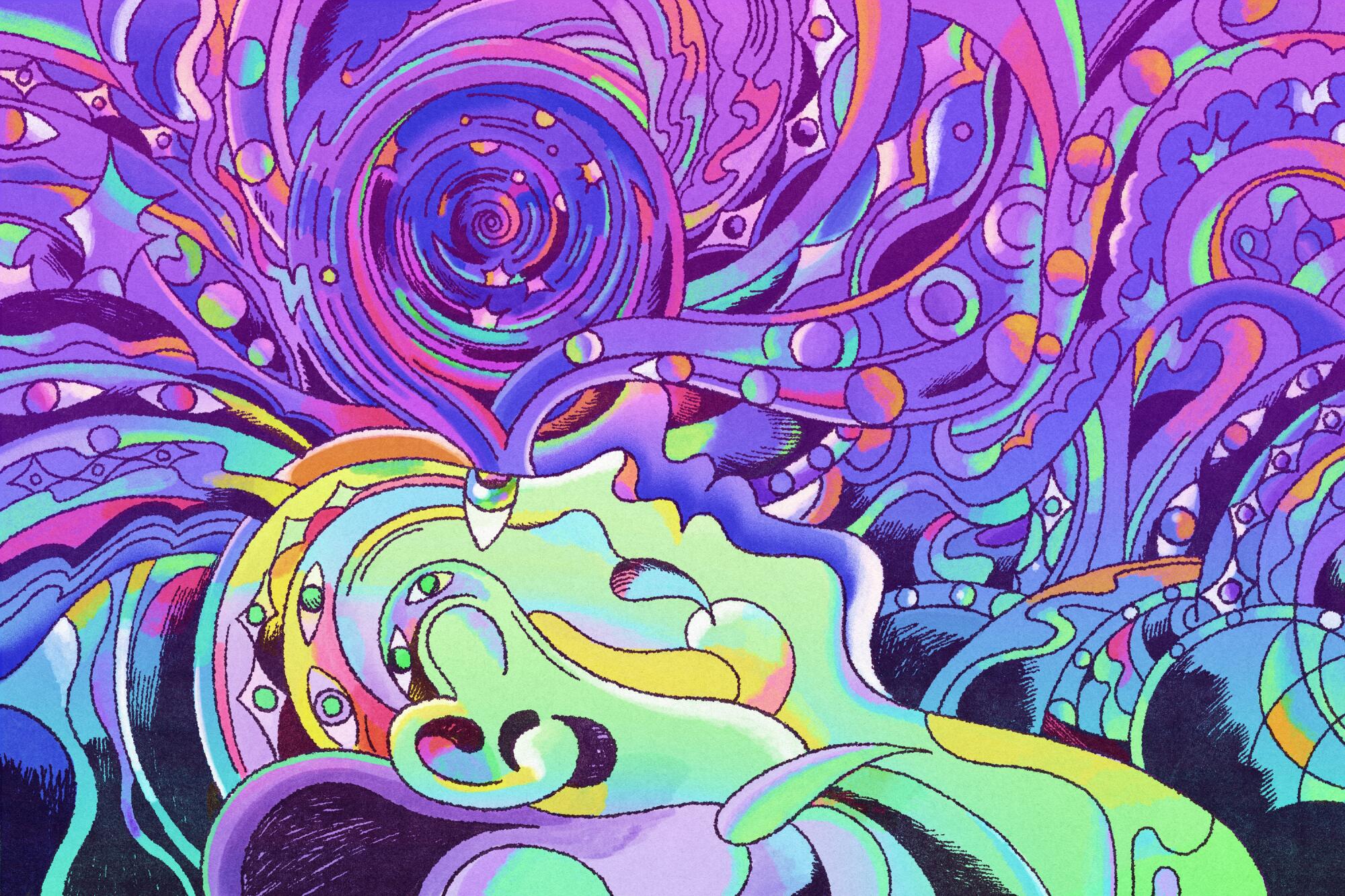Neurosci + Art
Neuroscience seems to be a very interesting field because of its beginnings within the last century. With everything that we have learned leading up to this week it is easy to question whether or not we are becoming slaves to machines. I believe that this question is interesting in relation to the content that we learned. Although we have learned much about correlations between machines, robots, technology and their roles in art, this does not define that there is too much consumption of machinery in which human beings will become slaves.
I find that psychologists such as Sigmund Freud and Carl Jung are most interesting when understanding that although there are technological advances over multiple centuries in our society, we have to remember that we are still human beings and we possess unconsciousness, a psyche, and psychological archetypes. I find that even the most “simplest” things like dreams–simple as they occur every day for most humans and even other animals–are so complex and play such a great role in our lives. I feel that possessing these abilities enhances our uniqueness as a species and it reminds us that we are still human despite constant consumption of machines and advanced technology.
Our newfound knowledge of neuroscience partakes in our daily lives and social practices. In the article “Neuroculture” by Frazzetto and Anker, they explain that an example of neuroculture would be the availability of psychotropic medications, which are essentially chemicals that change the nervous system and cause changes in mood, perception, cognition, and behavior. Most of these psychotropic medications are used to help patients who often struggle with depression, anxiety, or other mental health issues.
Finally, I believe that the study of psychedelic drugs such as LSD and psilocybin is quite interesting due to their psychoactive effects on the brain. Especially with Albert Hofmann, I found it incredibly interesting that he recorded the interruption that LSD had on him while he was working and how he had experimented with a 250 microgram threshold when most users take within 20-25 micrograms. In turn, his record of experience seems to display incredible psychoactive effects such as distortion of optics. In fact, he recorded that every acoustic perception was transformed into an optical perception. It allowed me to think that some psychedelic drugs could be used to manipulate the brain to study certain regions such as the optical and acoustic regions of the brain and how they may interact with one another.
Photo References:
“Dream State Art Artistic Painting: Surreal Art, Visionary Art, Renaissance Art.” Pinterest, 16 June 2022, www.pinterest.com/pin/dream-state-art-artistic-painting--710372541238006609/.
Matthews, Kellianne. “When Strange Becomes Familiar, and the Familiar Becomes Strange: Surrealism and the Unconscious.” Medium, Counter Arts, 11 Mar. 2024, medium.com/counterarts/when-strange-becomes-familiar-and-the-familiar-becomes-strange-surrealism-and-the-unconscious-7edbb753da2e.
“Digital Psychedelics.” Los Angeles Times, Los Angeles Times, 17 Feb. 2023, www.latimes.com/lifestyle/story/2023-02-17/tripping-without-drugs.
Text References:
Frazzetto, Giovanni, and Suzanne Anker. “Neuroculture.” Nature Reviews Neuroscience, vol. 10, no. 11, Nov. 2009, pp. 815–821, https://doi.org/10.1038/nrn2736.
Jung, Carl Gustav. The Spiritual Problem of Modern Man. 1931.
Vesna, Victoria. Consciousness / Memory. UCLA.
Vesna, Victoria. Neurochemical. UCLA.
Vesna, Victoria. Unconscious Mind / Dreams. UCLA.



Comments
Post a Comment